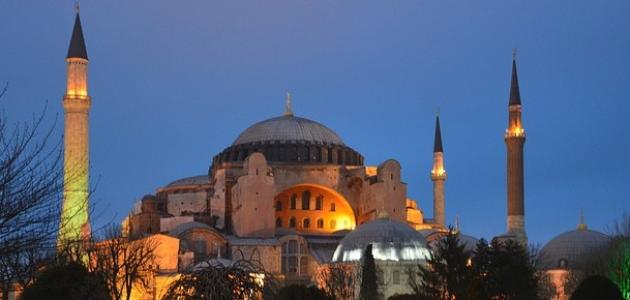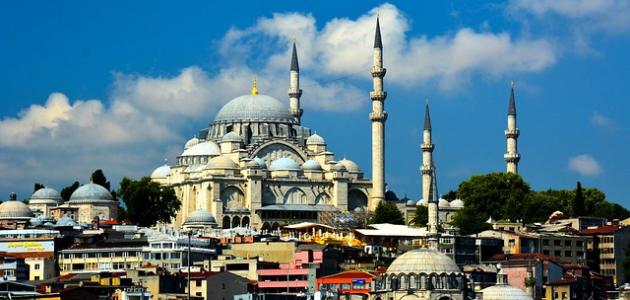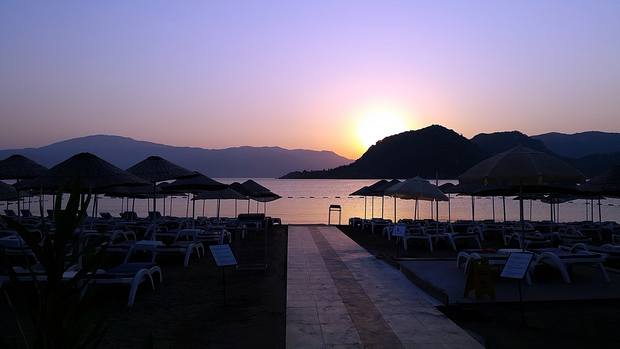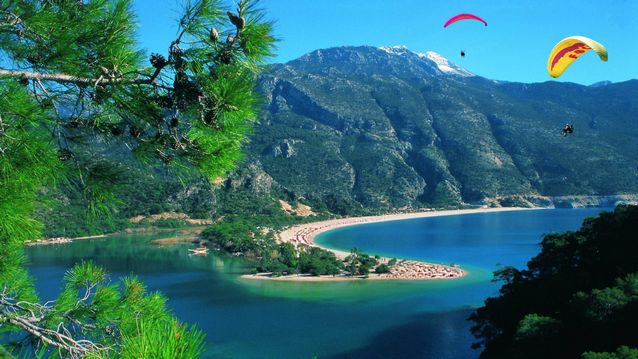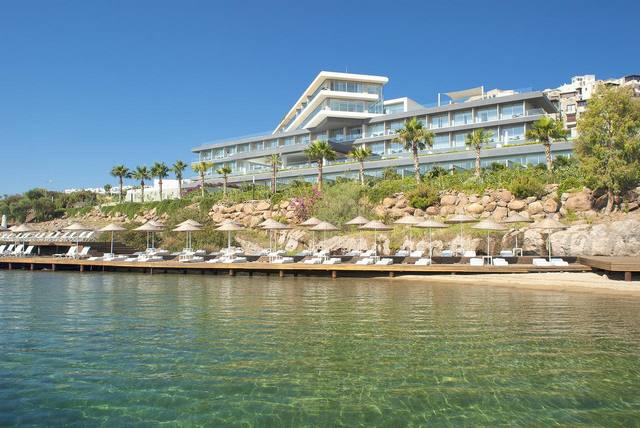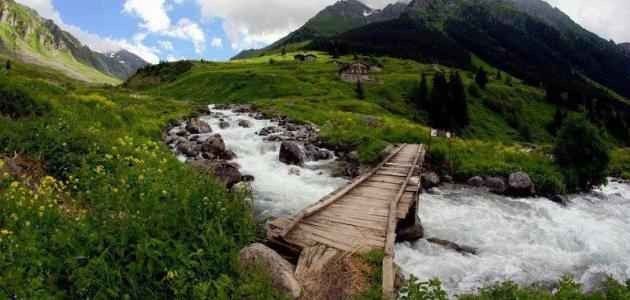Table of Contents
Bosphorus
The Bosporus Strait (English: Bosporus) is a water strait that connects the Sea of Marmara and the Black Sea, and separates the Asian part of Istanbul and its European part, knowing that it is possible to pass between the two parts through two bridges that pass over the strait, namely: the first Bosphorus Bridge and the Bosphorus Bridge The second, or the so-called Muhammed Al-Fateh Bridge, as well as a rail tunnel under the Bosphorus. Along the strait there are many forts and castles that were built throughout history by Byzantine emperors and Ottoman sultans.
Aya Sofia
Aya Sofya is considered the most important archaeological landmark in Istanbul. It was built for the first time in 537 AD by order of the Byzantine Emperor Justinian, and at that time it represented a church. Until I became a museum in 1935 AD. The Hagia Sophia is distinguished by its amazing architecture, exceptional beauty represented by the huge dome, the stunning golden mosaic, the tall stone towers, the spacious courtyard, and the luxurious decorations, among others.
the blue Mosque
The Blue Mosque, or the Sultan Ahmed Mosque, is a stunning historical mosque built in 1609 CE. It is characterized by its amazing architecture that rivaled the famous Hagia Sophia building. The mosque was distinguished by its stepped domes and its six tall minarets that can be seen from a distance. The interior foyers are decorated with white and blue tiles, and stained windows.
Qapi Brick Palace
Topkapi Palace (English: Topkapi Palace) is an ancient historical palace built by order of the Ottoman Sultan Mehmed al-Fatih, and it is characterized by its amazing architecture, and its location on a hill overlooking the Bosphorus Strait, and includes within it the royal bedroom, living quarters, the imperial hall, and museum Show the most important archaeological collections, and treasures.
Basilica Tank
The Basilica Cistern is an ancient water reservoir, built by order of the Byzantine Emperor Justinian I, with the aim of supplying the necessary water to the Byzantine Palace. The interior of the tank is distinguished by huge stone pillars and exquisite decorations.

